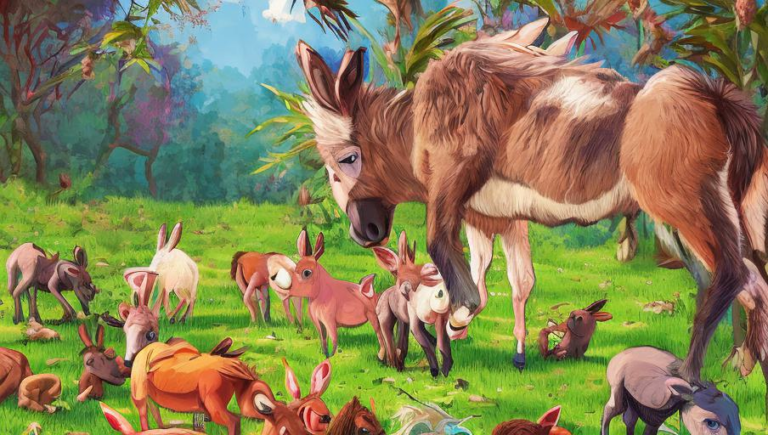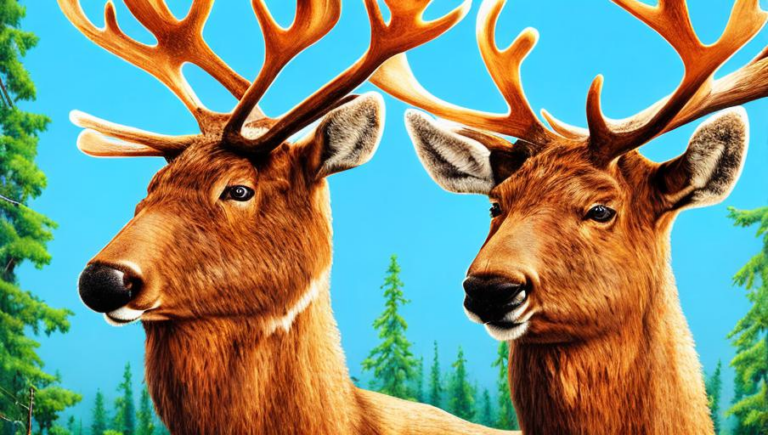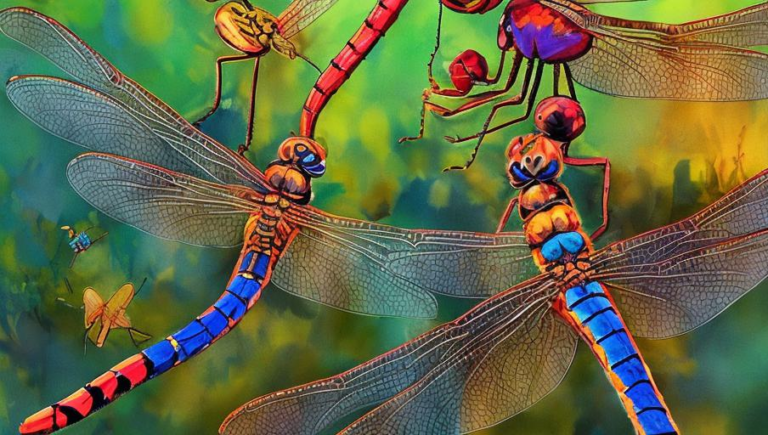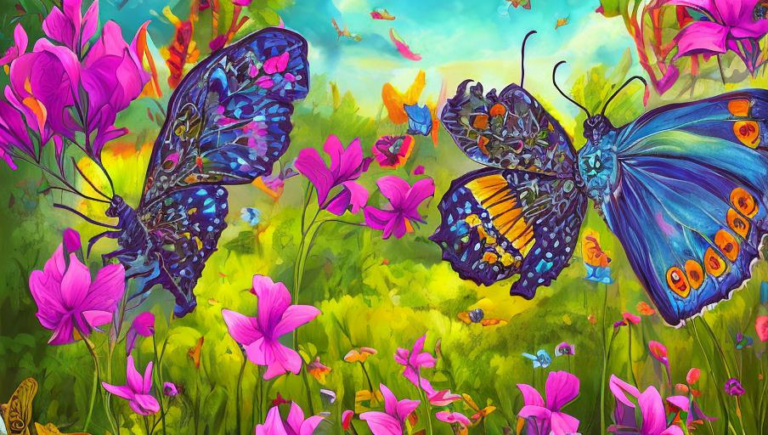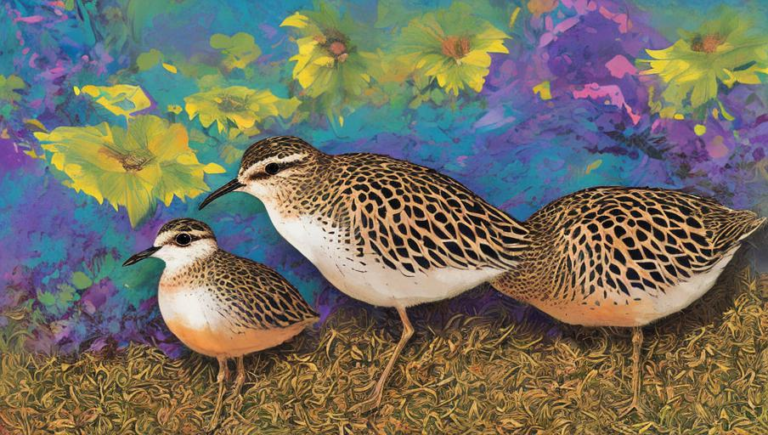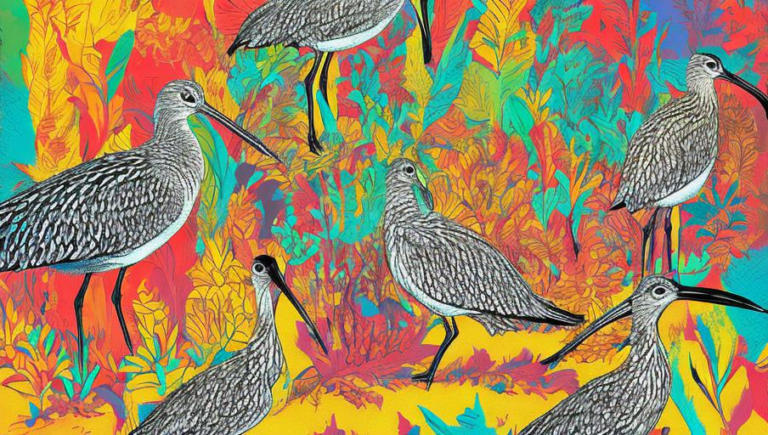Zestful Facts About the Capybara
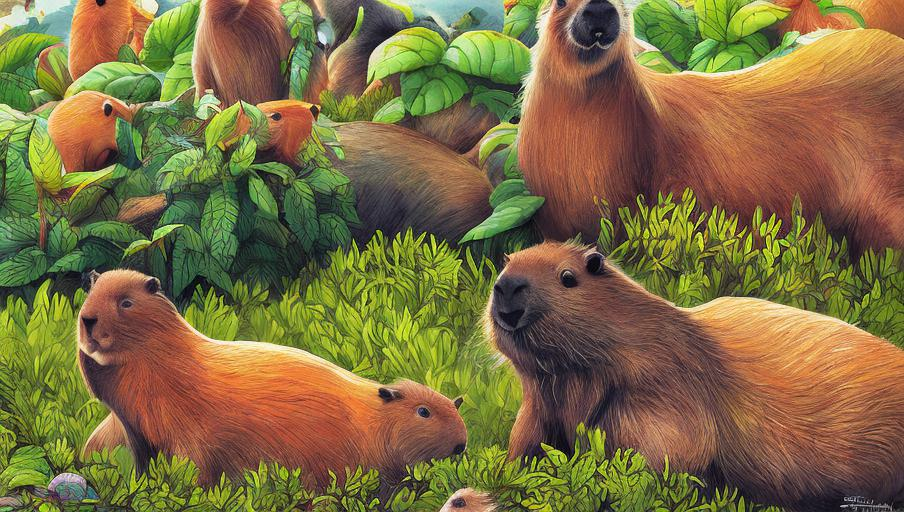
Introduction to the Capybara
The capybara is a semi-aquatic rodent that is native to South America. It is the largest living rodent species in the world, and can grow up to 4.5 feet in length and weigh up to 140 pounds. This large rodent can be found in a variety of habitats, including rainforests, swamps, grasslands, and even agricultural areas. It is an excellent swimmer and can submerge itself completely to hide from predators.
A Unique Social Life
Capybaras live in large social groups, often with several dozen individuals. They are very social animals, and spend much of their time grooming and playing with each other. They are also great communicators, using a variety of high-pitched barks and whistles to communicate with each other. They can even use their vocalizations to warn other capybaras of danger.
Diet and Eating Habits
Capybaras are herbivores, and their diet consists primarily of grass, aquatic plants, and fruits. They can eat up to 8 pounds of food per day, and can spend up to 16 hours grazing. They also have a unique eating habit: they can use their sharp front teeth to cut pieces of vegetation, which they then hold between their front paws while they eat.
Reproduction and Lifespan
Capybaras are polygynous, meaning they have multiple female mates. After mating, the female will give birth to a litter of 1-8 young. The young will stay with their mother for several months before starting to explore their habitat and forage for food. Capybaras have a lifespan of up to 8 years in the wild and up to 10 years in captivity.
Threats and Conservation
Capybaras are threatened by habitat destruction, hunting, and predation by wild animals. They are also threatened by competition from other animals, such as cattle, which can also eat the vegetation they need to survive. Conservation efforts are underway to protect this species, including habitat restoration and enforcement of hunting regulations.
Conclusion
The capybara is an amazing rodent species that has a wide range of fascinating behaviors and adaptations. From their large social groups to their unique eating habits, these animals provide us with a glimpse into an intriguing world that we must work to protect. By understanding more about their needs and behaviors, we can ensure that their populations remain healthy and strong for generations to come.
